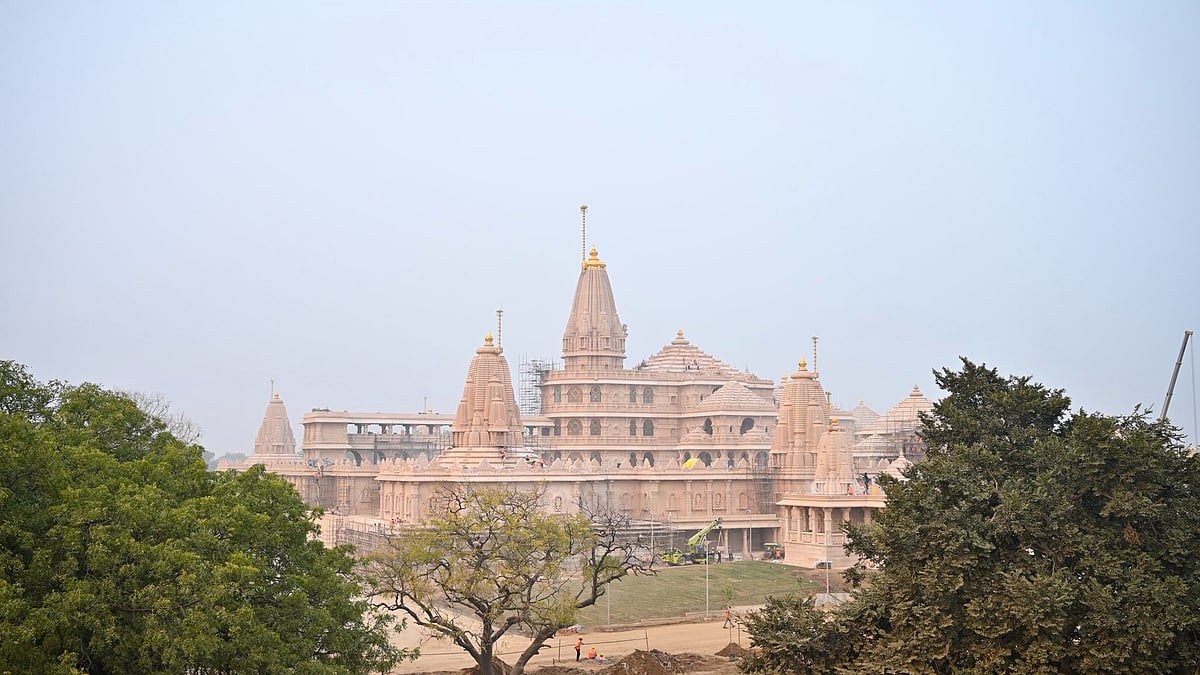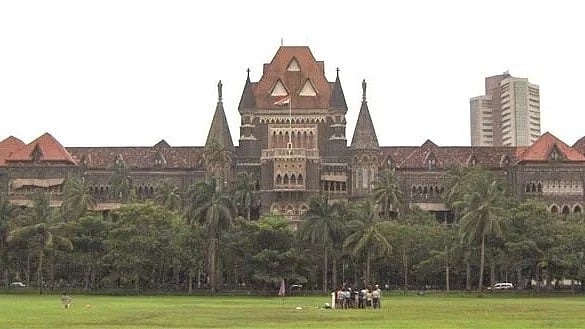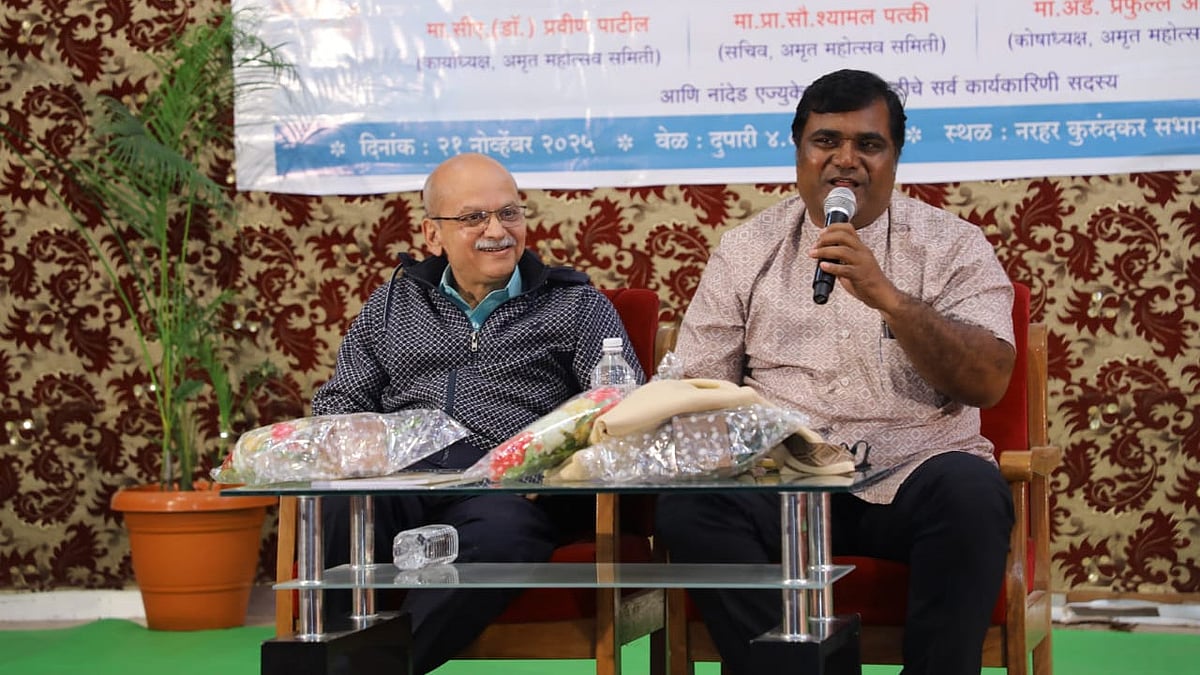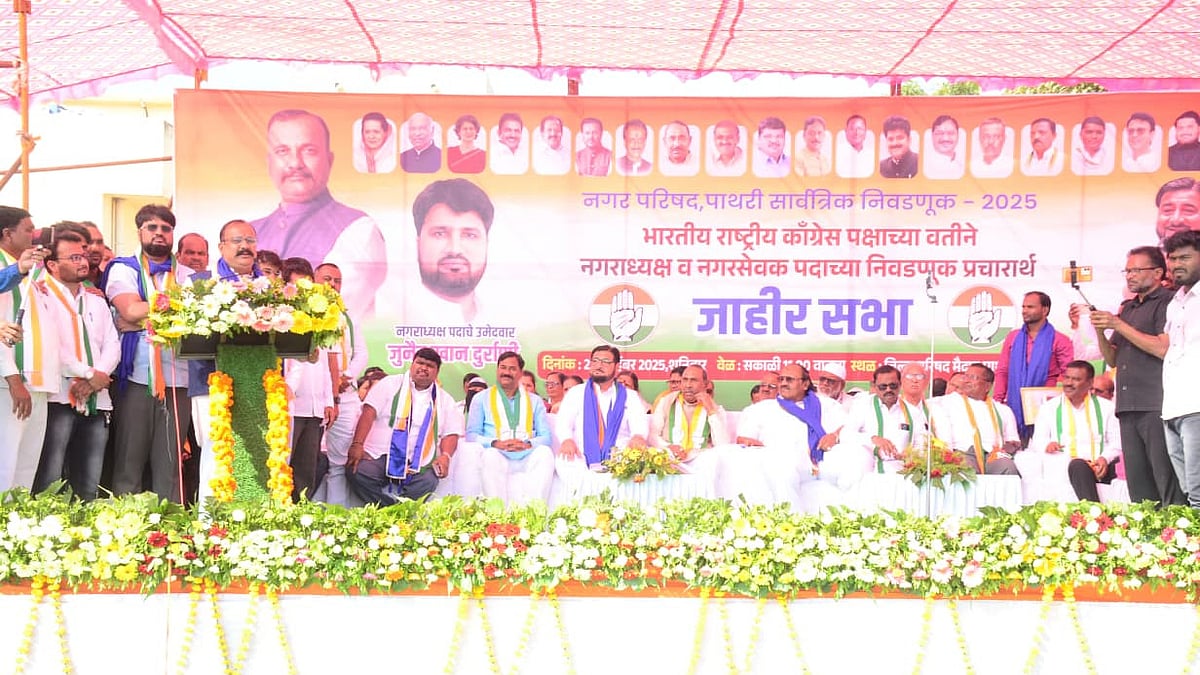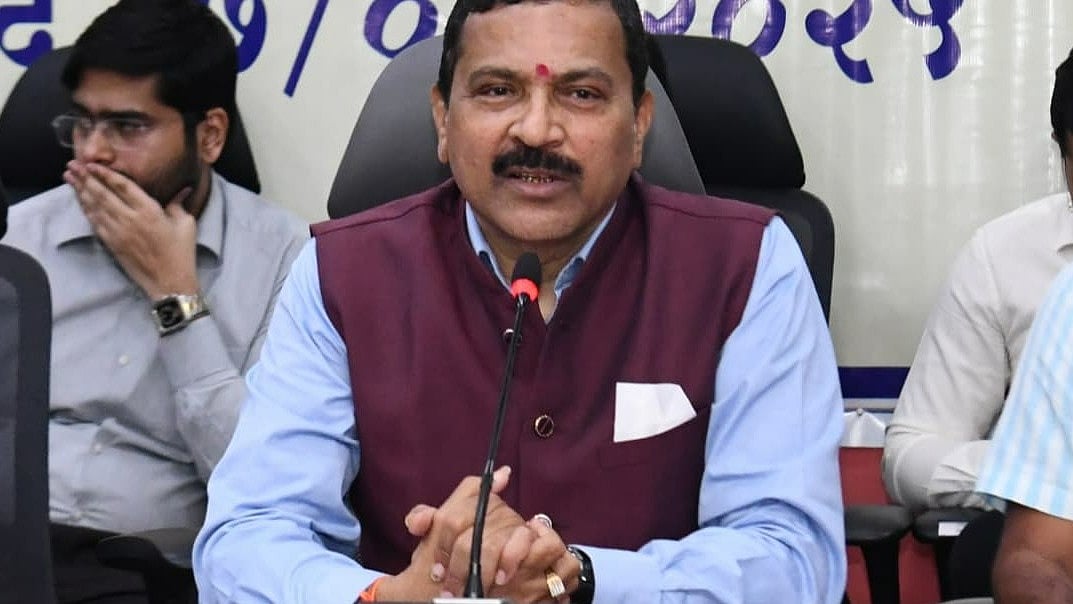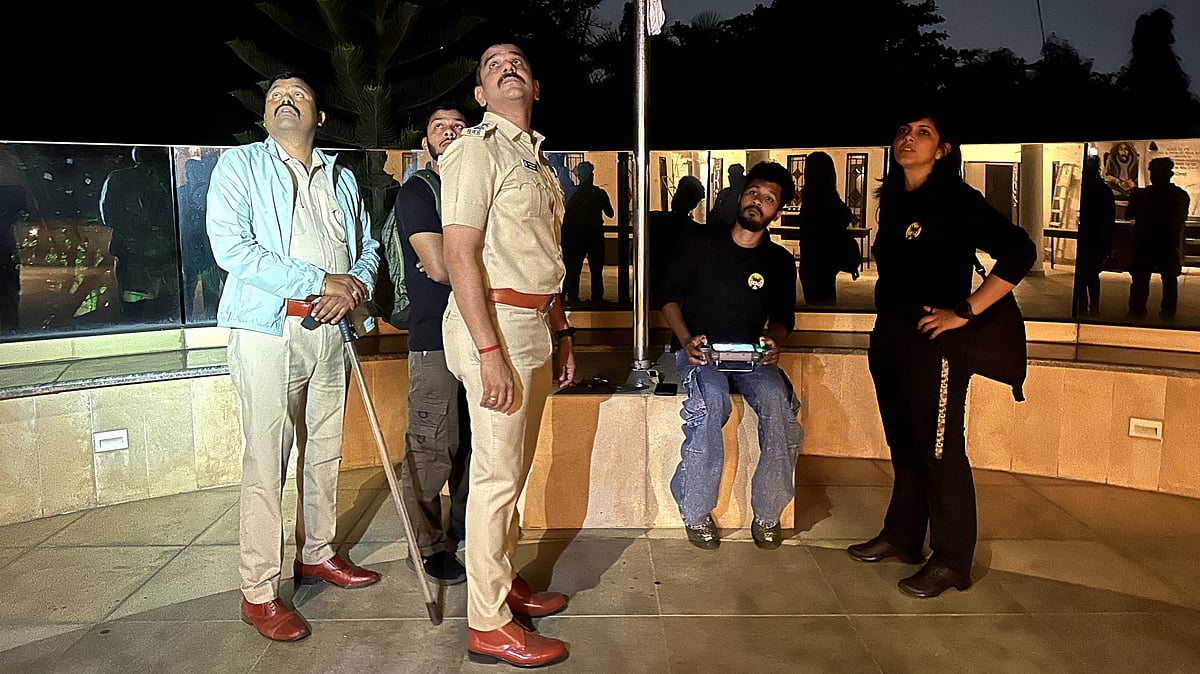Pune district is on the brink of a severe water crisis, attributed to scanty rainfall and excessive extraction of groundwater from borewells and wells. This dual challenge has led to a significant depletion of groundwater levels across the district.
A recent survey conducted by the Ground Water Survey and Development System has revealed alarming declines in groundwater levels across 12 out of 13 talukasA recent survey conducted by the Ground Water Survey and Development System has revealed alarming declines in groundwater levels across 12 out of 13 talukas. Depths have dwindled by an average of 0.52 to 4.98 feet, indicating a critical situation.
Of all talukas, Purandar has witnessed the most drastic decline, with groundwater levels plummeting by 4.29 feet. The survey, spanning 192 wells and 71 borewells strategically placed across the district, underscores a concerning trend of diminishing groundwater levels compared to records from five years ago. In January this year alone, the water level dipped by 2.55 feet district-wide, a stark increase from the previous decline of 1.77 feet.

However, amidst this grim scenario, Ambegaon taluka has recorded a slight uptick in water levels, serving as a lone exception. Officials stress the urgent need for groundwater replenishment to mitigate the impending water scarcity, highlighting the importance of efficient water management and meticulous planning.
They point out that while groundwater levels typically rise post-monsoon due to rainfall in catchment areas, excessive extraction practices post-monsoon contribute to diminished water storage and subsequent declines in groundwater levels.

| Taluka | Change in water level |
| Ambegaon | +0.72 feet |
| Baramati | -4.98 feet |
| Daund | -3.57 feet |
| Haveli | -0.85 feet |
| Indapur | -3.47 feet |
| Junnar | -1.50 feet |

| Khed | -0.52 feet |
| Maval | -1.01 feet |
| Mulshi | -3.05 feet |
| Purandar | -4.29 feet |
| Shirur | -3.28 feet |
| Velhe | -4.13 feet |



